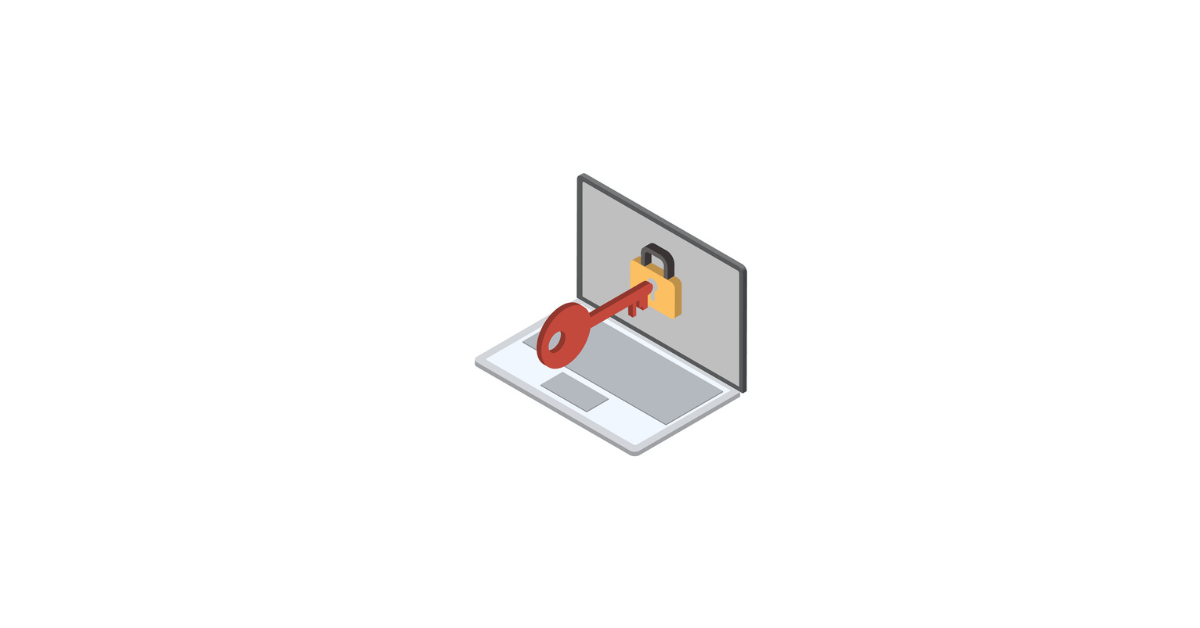On the Blog
Check out AISN’s collection of news, expert advice and tips on cloud, security, regulatory compliance and more.
- All
- Active Directory
- Applications
- Blog
- Cloud Enablement
- Cloud Solutions
- Compliance
- Design & Development
- Education
- Federal
- Financial Services
- Government
- Health Care
- Healthcare
- HIPAA
- Information Security
- Infrastructure
- Managed Services
- Manufacturing
- Security & Privacy
Structuring Robust Governance for Managed AD and Entra ID Services
October 15, 2024
Active Directory
Managed Services for Active Directory and Entra ID Transitioning to managed services for Active Directory (AD) and Entra ID can significantly enhance your organization’s efficiency ...
Read More →
AISN Joins the Cybersecurity Awareness Month Campaign
September 27, 2024
Blog
AISN Proudly Participates in Cybersecurity Awareness Month October marks the annual Cybersecurity Awareness Month, a nationwide initiative dedicated to raising awareness about the importance of ...
Read More →
Mitigating Risks in Your Move to Managed Active Directory Services
September 13, 2024
Active Directory
Mitigating Risks in Your Move to Managed Active Directory Services Organizations must transition from in-house supported Active Directory (AD) to fully managed AD services. Partnering ...
Read More →
The Power of Vulnerability Assessments
August 1, 2024
Blog
The Power of Vulnerability Assessments In the fast-paced and constantly evolving world of cybersecurity, the age-old adage “prevention is better than cure” holds more truth ...
Read More →
7 Cybersecurity Tips for Your Organization
July 11, 2024
Blog
7 Cybersecurity Tips for Your Organization In the current era of rapid digital advancement, protecting your organization from cyber threats has become increasingly crucial. With ...
Read More →
Maximizing Security: Why Colleges & Universities Should Hire a Managed Security Services Provider
July 3, 2024
Blog
Maximizing Security: Why Colleges & Universities Should Hire a Managed Security Services Provider Colleges and universities play a vital role in fostering innovation, research, and ...
Read More →
Creating a Culture of Security in the Age of AI-Driven Cyber Threats
June 17, 2024
Blog
Creating a Culture of Security in the Age of AI-Driven Cyber Threats As cyber threats continue to evolve and artificial intelligence (AI) exponentially increases the ...
Read More →
The Critical Need for Penetration Tests in the Manufacturing Sector
June 10, 2024
Blog
The Critical Need for Penetration Tests in the Manufacturing Sector In today’s digital age, manufacturers are critical to the U.S. economy; however, they are increasingly ...
Read More →
Rising Threat of DDoS Attacks in Healthcare
May 28, 2024
Blog
Rising Threat of DDoS Attacks in Healthcare The global healthcare IT market is projected to reach $974.5 billion by 2027, highlighting the critical need for ...
Read More →
Why You Need a Routine Penetration Test
May 23, 2024
Blog
Why You Need a Routine Penetration Test Ugh. How embarrassing! Let’s say you suddenly found yourself in the position of notifying your partners, clients, and ...
Read More →
Data Center Tiers – What Are They?
May 10, 2024
Blog
The datacenter tiers help people understand the capabilities of a datacenter by describing the availability of data from the hardware at the datacenter.
Read More →
HIPAA+SOC 2: Why Dual Compliant Healthcare Hosting
April 3, 2024
Blog
HIPAA+SOC 2: Why Dual-Compliant Healthcare Hosting In today’s digital healthcare landscape, ensuring the security and privacy of sensitive patient data has never been more crucial. ...
Read More →
A Partner You Can Trust
At AISN, we don’t believe that “one size fits all” is the way to offer cloud solutions. Our business model is built on the belief that our clients deserve customized cloud platforms designed to meet their specific compliance, security and operational needs.
If you have questions about the cloud or cloud enablement services, we have answers. Our experts are always happy to discuss your needs, so get in touch with us today.












